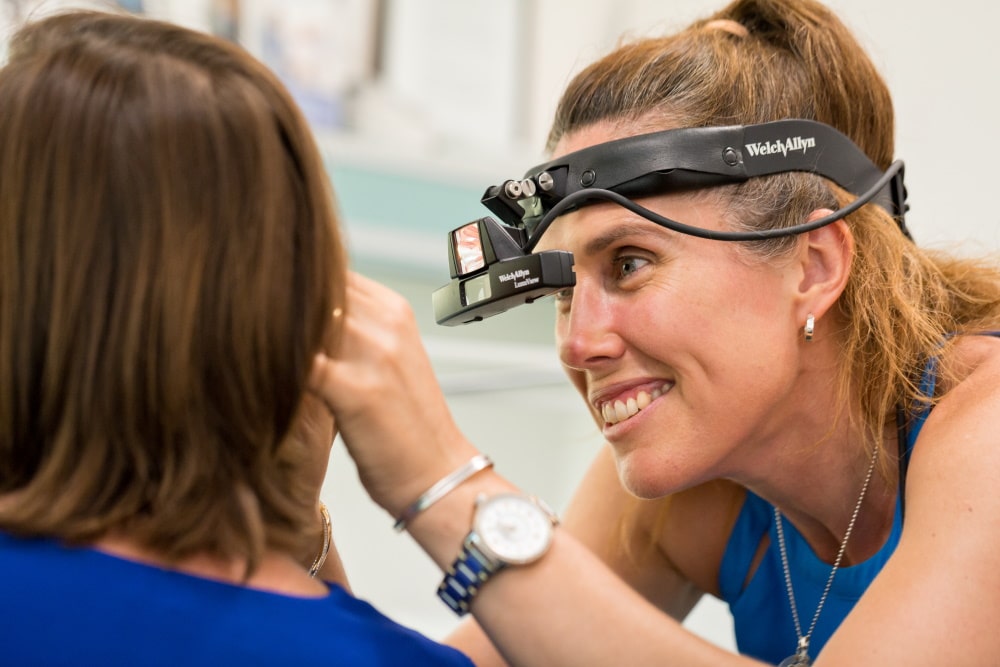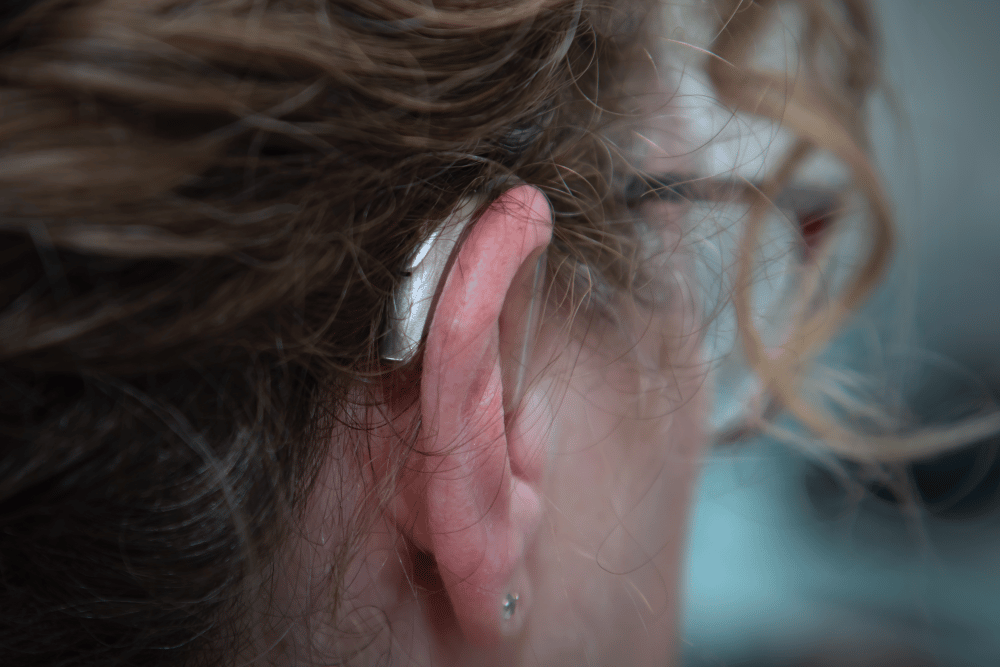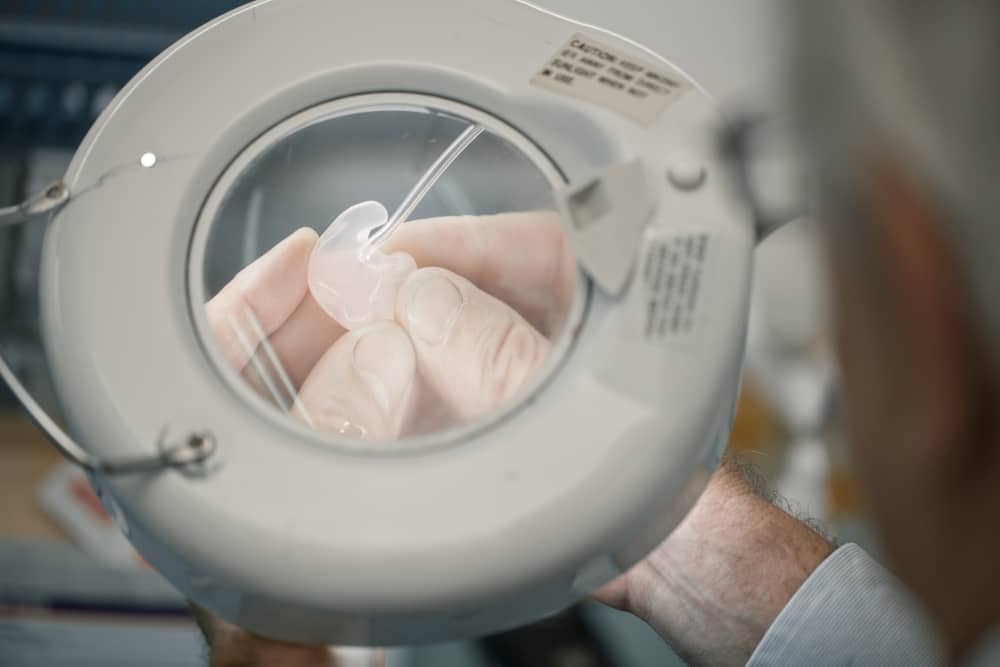- 74 Mount Street, Heidelberg, VIC, 3084
- Monday to Friday: 9am to 5pm
Hyperacusis
-
DWM Audiology > Our Services > Hyperacusis
What is Hyperacusis?
Hyperacusis is an abnormal sound sensitivity or decreased sound tolerance, with a heightened sense of volume and physical discomfort from many everyday sounds that other people can comfortably tolerate.
Sounds that are typically difficult for people with hyperacusis to tolerate are loud/impact/sustained sounds, particularly if they are unexpected and in close proximity to the ears. High frequency (pitch) sounds tend to be tolerated less well.
Hyperacusis symptoms most commonly develop when these sounds are subconsciously evaluated in the primeval parts of the brain as potential threats to safety and survival. This primeval threat is due to these sounds being subconsciously evaluated as unsafe – this may be because they could cause harm or due to trauma associations. More specifically, it may be subconsciously feared that these sounds will damage a vulnerable ear, be painful or exacerbate pre-existing aural symptoms such as tinnitus or hearing loss.
Hyperacusis Symptoms
When hyperacusis develops:
- everyday sounds begin to appear unnaturally prominent and increasingly louder.
- loud and sudden sounds, especially those unexpected or close to the ears, may cause:
- a temporary increase in tinnitus (if present)
- heightened sensitivity to sound
- escalating sensations in the ear such as pain, blockage/popping, a fluttering sensation and muffled hearing, consistent with TTS
- Over time, this reaction can generalise to include more and more sounds, with escalating sound-induced TTS symptoms.
- As a result, people may believe that their ears are no longer able to physically tolerate these sounds, fearing that these sounds are causing damage to their ears or hearing and should be avoided.
- The combined effects of:
- increasing anxiety/panic, distress and bewilderment
- growing sound-induced physical discomfort/pain
- inevitable auditory hypervigilance
- Can all contribute to hyperacusis escalation.
Hyperacusis can vary in intensity, ranging from mild to severe or even extreme. Similarly, the physical symptoms consistent with TTS induced by intolerable sounds, can also range from mild to extreme. Typically, the more severe the hyperacusis, the more severe the sound-induced TTS symptoms become. Chronic sound-induced pain is at the severe end of the spectrum, resulting in what is known as pain hyperacusis or noxacusis.
What can cause Hyperacusis?
Severe tinnitus. The most common trigger for hyperacusis development is a subconscious evaluation that loud sounds will potentially exacerbate tinnitus. The consensus is that about 40% of people with troublesome tinnitus have some degree of hyperacusis. Large-scale prevalence research, including research carried out at our clinic, has identified the development of secondary hyperacusis in about 50% of help-seeking tinnitus patients.
Acoustic shock is another common factor predisposing towards the development of hyperacusis. If acoustic shock symptoms persist after the acoustic incident, it is generally because hyperacusis has developed.
Misophonia can predispose towards hyperacusis development.
Hyperacusis can also develop with:
- high levels of health-related anxiety
- abrupt changes in hearing: sudden onset hearing loss, Meniere’s Disease, perilymph fistula, Bell’s Palsy. In rare cases, the amplification from newly fitted hearing aids can lead to hyperacusis.
- superior semicircular canal dehiscence causes a heightened perception of internal bodily sounds, often described as hyperacusis
- neurological injuries and disorders affecting the central auditory pathway, including head injury, post concussion syndrome
- autism: children with autism have an increased risk of developing misophonia and consequently hyperacusis
- myalgic encephalomyelitis (chronic fatigue syndrome), fibromyalgia, Lyme disease
Hyperacusis Treatment
For people with pain hyperacusis suffering chronic sound-induced pain, effective treatment of their pain is the priority. This is the circuit-breaker in what can seem an endless cycle and needs to be carried out ahead of a hyperacusis desensitisation process. Guidance is provided on pain treatments that have been effective.
Hyperacusis treatment involves a range of auditory, psychological, perceptual and somatic management and desensitisation strategies:
- Understanding the peripheral and central auditory pathway, including the mechanisms of hyperacusis; and obtaining a personalised evaluation and explanation of TTS
- Guidance is provided on effective treatment of TTS symptoms, which will support hyperacusis desensitisation
- Examination of your thoughts and beliefs about your hyperacusis and associated physical symptoms – you may need to be open to accepting a new perspective
- Management of hypervigilance towards the auditory environment and your TTS symptoms
- Gentle, safe sound enrichment strategies which do not stir up discomfort. This includes the creation of a portable “safe space”, using sound as a shield from intolerable sounds and to allow detachment from an unsafe environment.
- Advice on the use of earplugs, including hearing aids set up as electronic filters
FAQs
What does hyperacusis feel like?
When hyperacusis develops, loud/impact everyday sounds begin to appear unnaturally prominent and increasingly louder.
Following exposure to these sounds, a temporary increase in tinnitus (if present) and/or hyperacusis may be noticed, and escalating sensations in the ear may develop due to TTS, such as ear pain, a fluttering sensation or fullness/blockage in the ear.
Can hyperacusis be cured?
Hyperacusis desensitisation is achievable. For many people, an explanation, accurate understanding of the mechanisms and reassurance can make a big difference. This is an essential starting point. Effective treatment of TTS symptoms is needed. Proactive self-management using the above strategies can promote successful hyperacusis desensitisation.
However, the factors resulting in hyperacusis are complex and outside a patient’s conscious control, so it is impossible to predict how long hyperacusis will last and desensitisation may not always be achievable.
Is hyperacusis a disability?
Significant hyperacusis can cause anxiety, distress, suffering from sound-induced pain and lifestyle constraints.
Hyperacusis can be considered a disability for people affected by their hyperacusis in this way.
How do you treat hyperacusis?
Desensitisation requires a personalised understanding of the mechanisms behind the development of hyperacusis and TTS, such as:
- effective treatment of sound-induced pain and other sound-induced TTS symptoms
- belief in the prospect of change
- management of auditory hyper-vigilance
- the use of sound enrichment
- the judicious use of ear protection.
Book an Appointment
Our Services

Hearing Tests for Adults
A reduced capacity to communicate has a significant impact on relationships, career opportunities, social connection, independent living and quality of life.
Read More
Do I Need A Hearing Aid?
We carry out a range of hearing tests that help determine whether you need a hearing aid.
Read More
Choosing Hearing Aids
Hearing aids are available in three styles; BTE, RIC or are fully contained in the ear.
Read More
Getting Used To Hearing Aids
With new hearing aids your concept of “normal” hearing will need to be relearnt.
Read More
Fine-Tuning Hearing Aids
We have extensive training, experience and expertise in fine-tuning contemporary hearing aids to individual communication needs.
Read More
Hearing Aid Fittings
Your fitting package will include an instruction booklet and the accessories needed for maintenance and dehumidification
Read More
Hearing Aid Maintenance
To minimise the need for repairs and to preserve the life of your hearing aids, regular and thorough maintenance is essential.
Read More

Hyperacusis & Misophonia
Both conditions have the potential to escalate, so that an increasing range of sounds become intolerable.
Read More
Misophonia
Misophonia is a strongly aversive response or abnormal sensitivity to certain specific sounds
Read More
Tinnitus
Tinnitus is the term used to describe hearing any sounds which are not present externally.
Read More
Acoustic Shock
Acoustic shock is an involuntary fright/psychological trauma reaction to sudden, loud noises.
Read More
Hearing Tests for Kids
Hearing difficulties in school age children are known to have a significant impact on their social, behavioural and academic growth.
Read More
